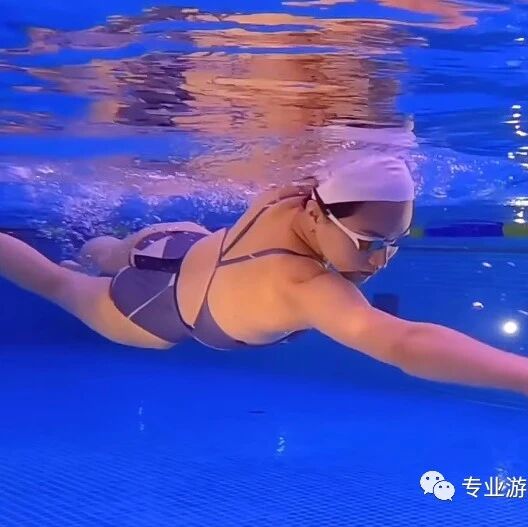When swimming freestyle, avoid digging your arms deeply into the water—maintaining a smooth, rhythmic motion is key to improving efficiency.
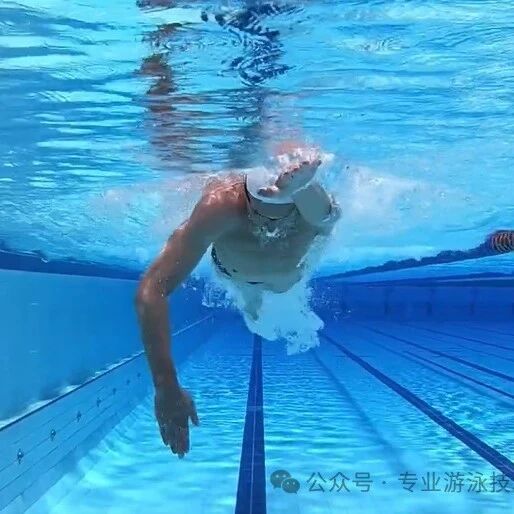
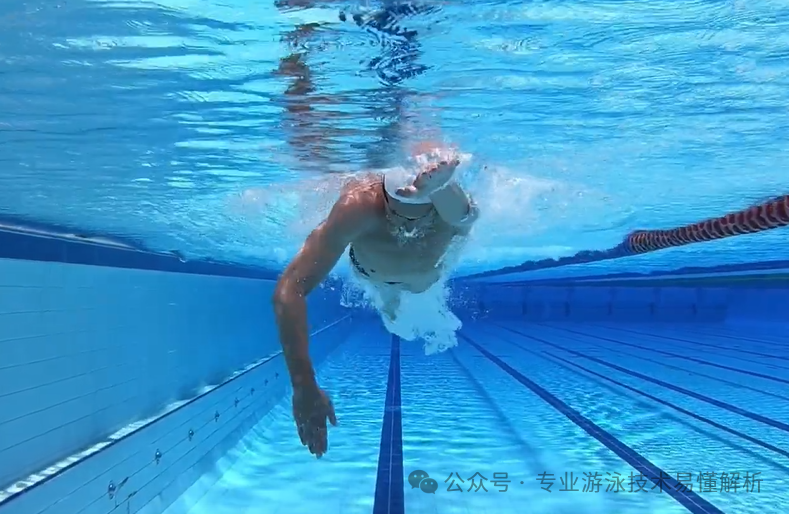
Why is freestyle the fastest swimming stroke? In terms of leg power, breaststroke has the most powerful kicks; in terms of joint mechanics, backstroke allows for the smoothest leg movements. When it comes to core strength, butterfly demands the most explosive lateral twists. And regarding breathing technique, breaststroke aligns best with the natural rhythm of on-land breathing. Yet, freestyle boasts a unique balance and stability unmatched by any other stroke—qualities that firmly establish it as the most efficient swim style for forward propulsion.
From the perspective of swimming rhythm, improving freestyle stroke efficiency occurs in three distinct phases: In the beginner stage, the coordination between arm and leg movements is seamless, ensuring that forces don’t cancel each other out. In the intermediate stage, the focus shifts to body rotation as the central element, with perfectly synchronized arm, leg, and rotational actions working together to generate a unified propulsive force. Finally, at the advanced level, the swimmer uses the body’s longitudinal centerline as the axis, maintaining precise lateral rotation without deviation. At this point, arm strokes, leg kicks, body rotation, and breathing are all seamlessly integrated, allowing the swimmer to glide effortlessly through the water without wasting even the slightest bit of extra energy.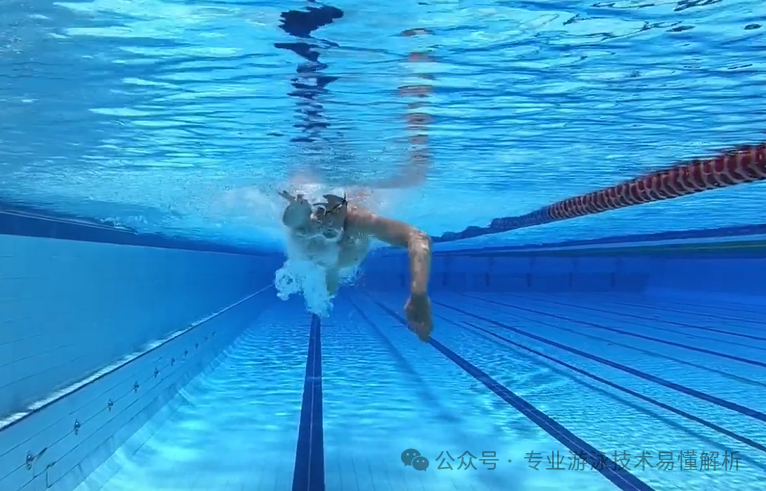
1. At the beginner stage, focus primarily on mastering proper technique—avoid frequent leg kicks and ensure you’re using controlled, efficient arm strokes.
Imagine the motion of a person sitting in a boat and paddling: First, dip the paddle into the water with the blade facing directly toward the water. Then, pull the paddle backward, making sure the blade remains squarely positioned against the water throughout the stroke. At the same time, use the same amount of force—feeling the resistance of the water—to propel the boat forward.
The freestyle arm stroke works exactly like this: After extending your arms forward, you first initiate the "catch" phase—this doesn’t require much effort. As you catch the water, your forearm naturally rotates inward, creating a high-elbow position. Just as the catch is nearly complete, gently increase the pressure to push the water backward. Throughout the push phase, keep your elbow, arm, and palm firmly facing the water, allowing you to feel your body slicing swiftly through the water. At the same time, turn your head slightly to breathe—make sure to tuck your chin in, glancing upward at the ceiling. This way, you’ll avoid any chance of choking while breathing during the turn.
The arm's recovery phase naturally involves a body rotation to the same side, accompanied by a simultaneous kick on that same side. After completing the kick, the feet should relax and come together—this prevents the legs from splaying apart afterward, which could disrupt the body’s streamlined position. As the palm makes contact with the hipbone area, just at the outer base of the thigh, lift the elbow out of the water and swiftly move the arm forward toward the head. During this recovery motion, keep the arm fully relaxed to maximize the effect of gravity, enhancing the power generated by the upper body. This, in turn, helps lower the upper body’s position, enabling the body to maintain balance more effectively while swimming.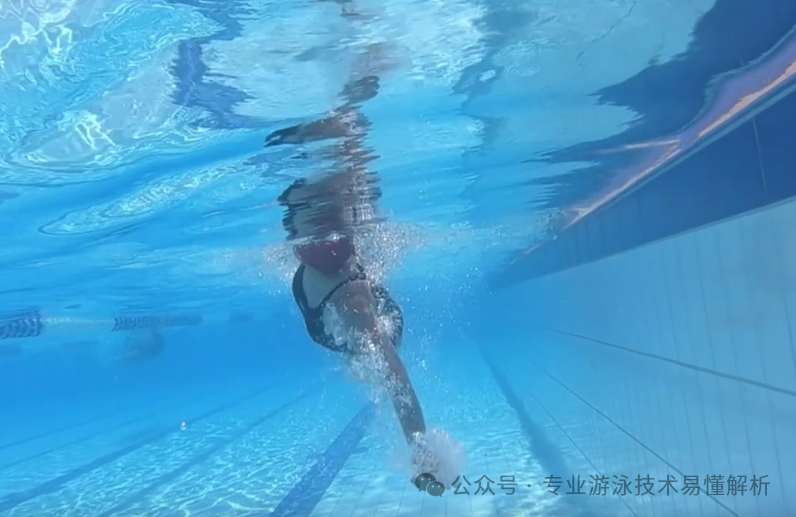
2. At the intermediate level, focus primarily on coordinating the push-and-pull motion with your leg kicks—avoid the common mistake of using the same arm and leg simultaneously.
Coordinate your forward-reaching arm with the arm pushing through the water—pay close attention to the sensation as one arm extends while the other drives the water, creating a smooth, synchronized motion that naturally stretches your shoulders. When the same-side arm is pushing, initiate the corresponding leg kick at the same time. Don’t overthink it—just let your feet flutter and whip effortlessly. Focus on feeling the sharp, snapping motion of your foot striking the water, followed by the buoyant upward lift of your lower body afterward. In fact, once your lower body begins to rise after the kick, applying additional power during the push phase will enhance your propulsion even further, maximizing your swimming efficiency.
Additionally, at the intermediate stage, it’s important to coordinate your exhalation with the arm-pushing motion in the water—similar to how the way you breathe while boxing directly influences the power of your punches. One approach is to exhale continuously through your mouth as you push the water, then quickly release all remaining air—either through your mouth or nose—just before breaking the surface. This method allows for fast-paced breathing and is ideal for short, explosive strokes like sprints. Alternatively, you can exhale steadily through your nose during the push phase, followed by a quick, forceful release of all air—again, either through your mouth or nose—as you emerge from the water. This technique results in slower, more sustained exhalation, making it better suited for relaxed, leisurely swimming at a steady pace.
Of course, there’s also a scenario where reducing the number of breaths—while allowing an individual to comfortably hold their breath without compromising the power of their movements—results in the most efficient anaerobic swimming technique. However, this approach is difficult to sustain over long periods and can cause minor strain on the body.
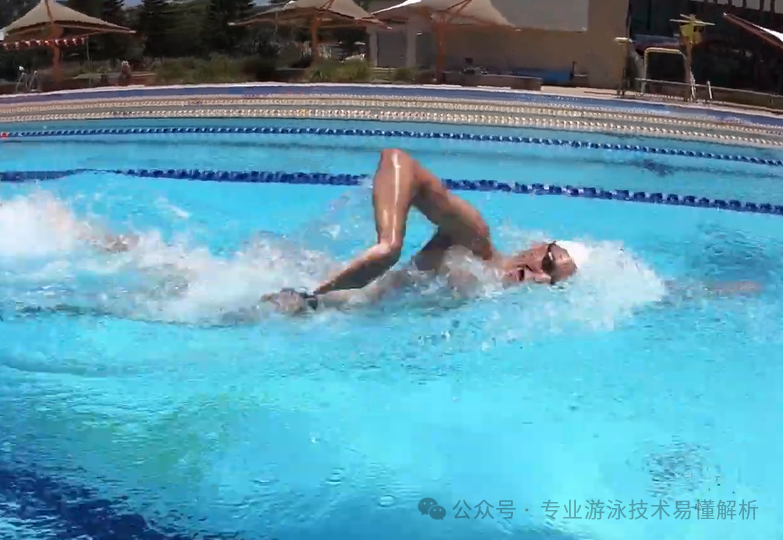
In the advanced stage, practice active lateral rotation driven by core strength, rather than passive rotation achieved through arm-pushing motions. Mastering core and abdominal power is the ultimate advanced technique for all movements—and it’s the game-changing move that elevates your overall power output to new heights.
Try to feel it—when you swim, gently draw your abdomen inward naturally, then execute the pull-through motion. Not only will this generate significantly stronger propulsion compared to relying solely on your latissimus dorsi muscles, but it’ll also create a smoother, more fluid connection with your kick. Once you’ve grasped this sensation, practice it repeatedly, and you’ll see a noticeable improvement in your freestyle swimming technique.
Additionally, if your pull-through strength is insufficient, you’ll noticeably feel it as you actively rotate your body to the side. In this case, you should focus on strengthening your pull-through technique—either by practicing with an underwater hand paddle or by doing resistance exercises on land using a pull rope.
One WeChat official account shares swimming tips, while another focuses on software insights, online resources, and reading experiences.
Thank you for your supportive and encouraging likes, as well as the comments that spark meaningful conversations—and even more, we’d love for you to share and forward this content!
Related Articles
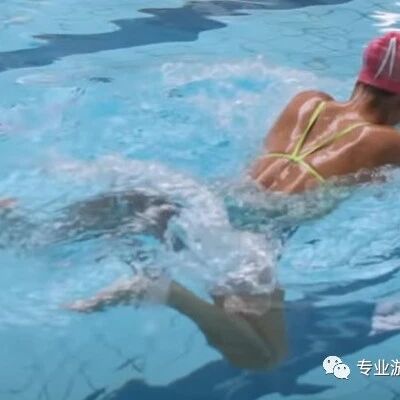
Kicking and squeezing the legs backward is wrong! Women clearly define the path to improving their breaststroke technique.

Bumpy tourism is a bad example—bad habits hidden beneath the spotlight.
